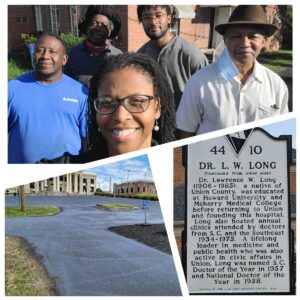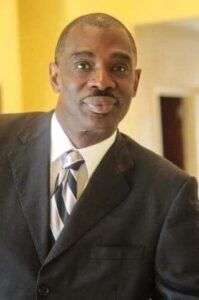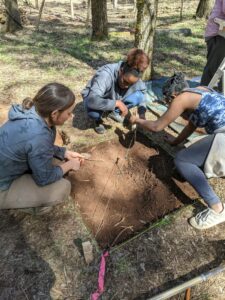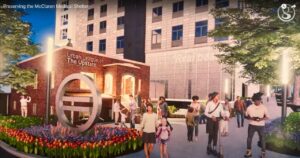Restoring the Union Community Hospital for the Present and Future
Restoring a 16,000 sq ft historic structure takes partners, paitence, and funding. The Union Community Hospital in Union, SC is one of the only remaining Black hospitals in SC that is still standing.




